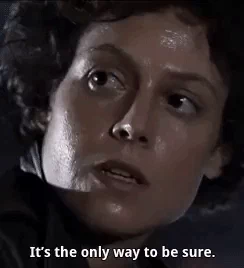This can happen in two ways. One is on a shallow dive, when the diver experiences the urge to breath and, with the lowered percentage of CO2 from hyperventilation, stays underwater until he blacks out (represented in Graph I). The other way happens on deeper dives, those deeper than 33 feet (10 meters). This is taravana, the feared disease of the South Seas. The diver hyperventilates, as before, then dives deep. As (s)he dives the pressure increases, and the partial pressure of oxygen also increases. The diver pushes himself to stay somewhat longer than he normally would, and is finally forced to the surface. As he does, the pressure decreases and the partial pressure of oxygen also decreases in the lungs. But the partial pressure of oxygen in the blood remains high, since it is almost a closed system. However at the lungs, oxygen, because of the higher partial pressure in the blood, passes back into the lungs and is lost for metabolic purposes. Couple this to another phenomena, than the body has a higher tolerance to higher percentages of CO2 when exercising which allows the diver to stay down even longer before the urge to breath is felt, and the result is catastrophic: acute hypoxia and unconsciousness. Brain damage is imminent if the diver isn’t resuscitated immediately because the brain is already depleted of oxygen. This condition is depicted in Graph II.






